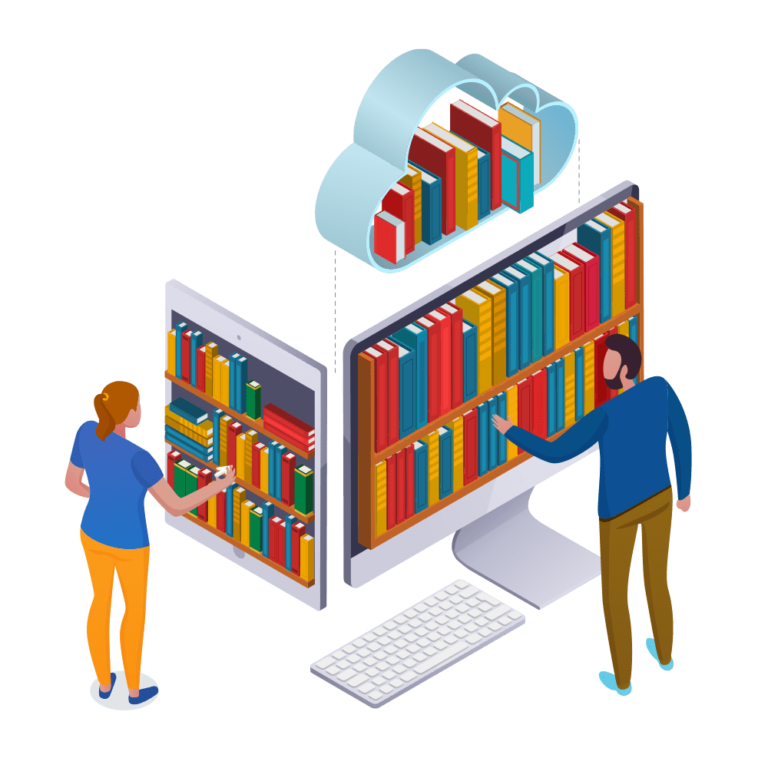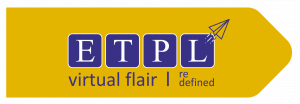The purpose of a library management system is to operate a library with efficiency and at reduced costs. The system is entirely automated and streamlines all the tasks involved in the operations of the library. The activities of book purchasing, g, cataloging, indexing, circulation recording, and stock checking are done by the software. Such software eliminates the need for repetitive manual work and minimizes the chances of errors.
What is the Purpose of Library Management?
The library management system software helps in reducing operational costs. Managing a library manually is a labor-intensive labor amount of paperwork involved. An automated system reduces the need for manpower and stationery. This leads to lower operational costs.
The system saves time for both the user and the librarian. With just a click the user can search for the books available in the library. The librarian can answer queries with ease regarding the availability of books. Adding, removing, or editing the database is a simple process. Adding new members or canceling existing memberships can be done with ease.
Stock checking and verification of books in the library can be done within a few hours. The automated system saves a considerable amount of time as opposed to the manual system.
The library management system software makes the library a smart one by organizing the books systematically by author, title, and subject. This enables users to search for books quickly and effortlessly.
Students need access to authentic information. An advanced organized library is an integral part of any educational institution. In this digital age, an eb-based library management system would be ideal for students who can access the library’s database on their smartphones.
HOW DO YOU DESIGN A LIBRARY
MANAGEMENT SYSTEM?
Library management systems are designed to manage the movement of books and maintain records of the members in a library. The software solution is designed based on the system requirements, the people involved, the content of the operation, and the activity to be performed.

The system requirement in library management focuses on the possibility of searching for books by title, author, or subject by the member. They should be able to locate a book physically by the unique identification code and the rack number for each book. The system should provide details on the books held by the members. The system should limit the number of books that can be taken and the number of days that a book can be kept. The system should generate fines when due from the member.
The next step focuses on the functions of the librarian, the member, and the system. Managing books by the librarian, searching for books the members, and notifications sent by the system are detailed in a case diagram.
The third step in the design of the library management system software is based on the different aspects of a library. The name of the library, the book details, member details, membership cards, book reservations, book lending, cataloging, fines, book racks, and notifications are consolidated as a class diagram.
The next step further breaks down the functions into specific activities that are performed in a library. An activity diagram based on the primary activities – checking out a book, returning a book, and renewing a book – is drawn.
The final stage is coding for each activity in the case, class, and activity diagrams. This is the most important function in the design of the library management system software.
Library management system eGenius, the software created using Python, stores data on a log file. The software systems are developed on this platform.














